By using seasonal organic produce and ingredients, you can create meals that are dazzling to the eyes and palate that are incredibly simple to prepare. Are you a seasonal eater? Visualize these scenarios:
In your mind, visualize the supermarket you frequent. Put yourself in the produce department. Think summer. Now think winter. Does it look much different? Any different? Now imagine yourself in the restaurants you frequent. It’s fall, and you are studying the menu. Now shift gears—it’s spring. Have the menus changed very much? Have they changed at all?
Finally, place yourself in your own kitchen. It’s a summer evening. Do you have a basket or bowls of ripe tomatoes on the counter or table, and a pot of basil in the garden (or on the windowsill)? Is there a bowl of berries in the refrigerator, along with lettuces and other fresh, local farm market produce?
Fast forward to fall. Have the tomatoes in the basket been replaced with colorful squashes for making soups, stews, and sweet pies? Have you started to prepare jars of whole grains and dried beans, lentils and peas for the cool season’s hearty dishes?
If you get the picture, that means you are officially a seasonal eater, already tuned into the foods and cooking styles that nourish body and sprit throughout the year. If not, having you visualize the supermarket and restaurant menus, as well as your own kitchen, will serve to demonstrate what short shrift seasonal eating receives in an increasingly bland and homogenous food culture.
Fresh beginnings: Spring is a good time for fresh beginnings, and a perfect opportunity to start thinking more seasonally in the kitchen. Use plenty of asparagus, sprouts, and tender greens. Other spring flavors to look forward to include spring onions, peas, radishes, rhubarb, and strawberries.
Focus on early leafy greens like spinach and Asian greens. Parsley and chives add a fresh flavor to spring dishes. Spring dishes to savor include light spring vegetable soups; green salads containing spinach, watercress, and sprouts; dishes made with chives, scallions, and other spring onions; pasta primavera, and strawberry desserts.
Farm markets: As soon as they reopen in your area, make visits to farm markets a part of your weekly food shopping. You’re not only buying produce that’s fresher and riper that anything mass-produced, but also casting a vote for small farms and sustainable agriculture.
Shopping at farm markets is a sure way wake up your senses, and is a wonderful outing to take with children, who enjoy meeting and talking to the people who produce their food. Unlike your trip to the supermarket, a weekly outing to a farm market can become an enjoyable ritual rather than a necessary chore!
Join a CSA: Another way to make food gathering into a great ritual is to join a Community Supported Agriculture farm. Ask around out about CSAs in your area that you might join. Believe it or not, CSA groups are available in urban areas, not just in the countryside.
CSAs are a wonderful source of community—the one I used to belong to holds regular potlucks at the farm to connect with one another, honor the growers and interns, and encourages its members to share food and ideas made from the produce harvested at the farm.
A feast for the eyes and palate: Using seasonal (and ideally, organic and local) produce and ingredients, you can create meals that are dazzling to the eyes and palate that are incredibly simple to prepare. When we eat seasonally, locally, and organically, we support sustainable agriculture. This in turn reduces our dependence on imported produce, and in effect, the energy required to transport it and the pesticides used to grow it. Eating seasonally is a sensible habit that’s good for the earth, as well as a healthy, sensory pleasure that’s good for you and your family.
- For lots more features on healthy lifestyle, explore VegKitchen’s Healthy Vegan Kitchen page.


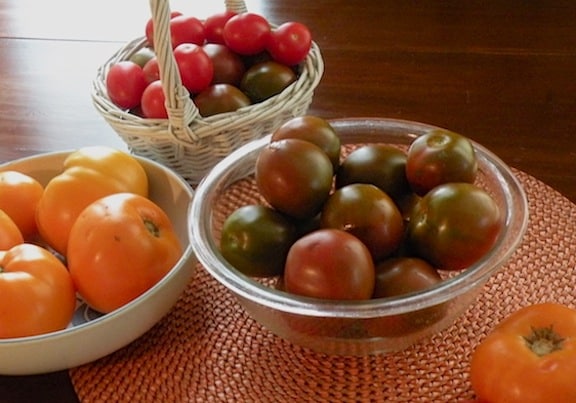
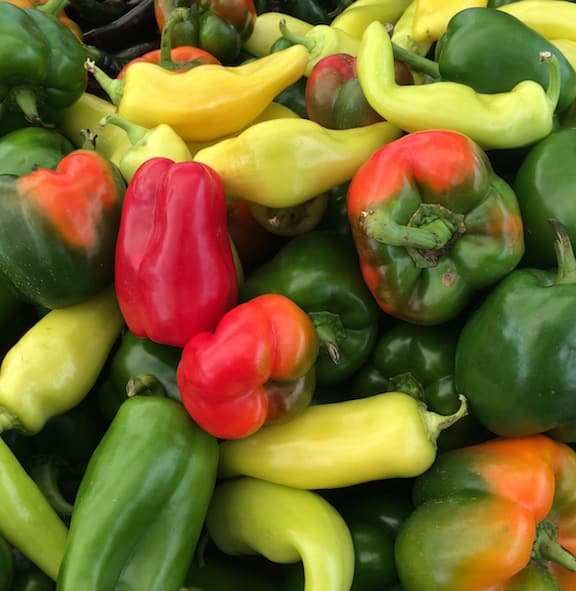
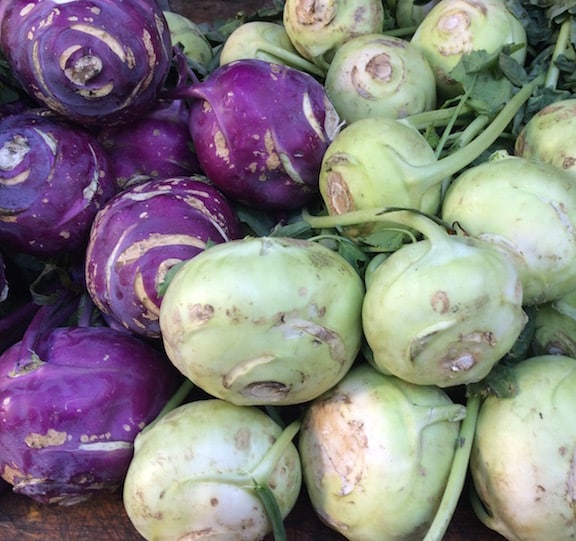
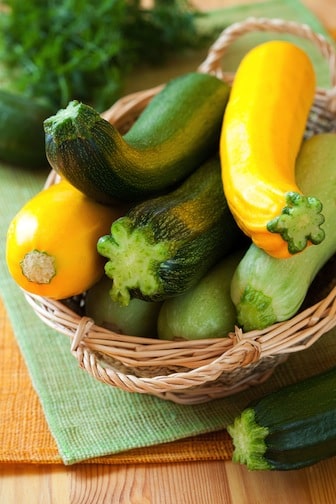

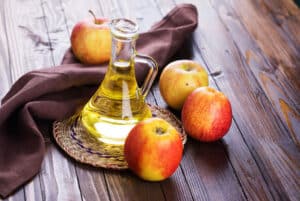
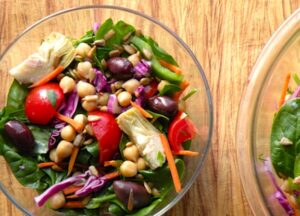

Comments
No Comments